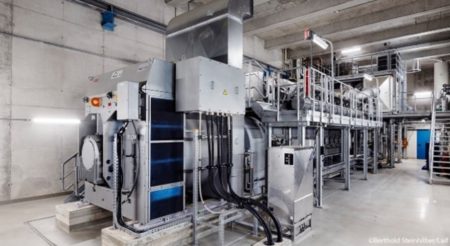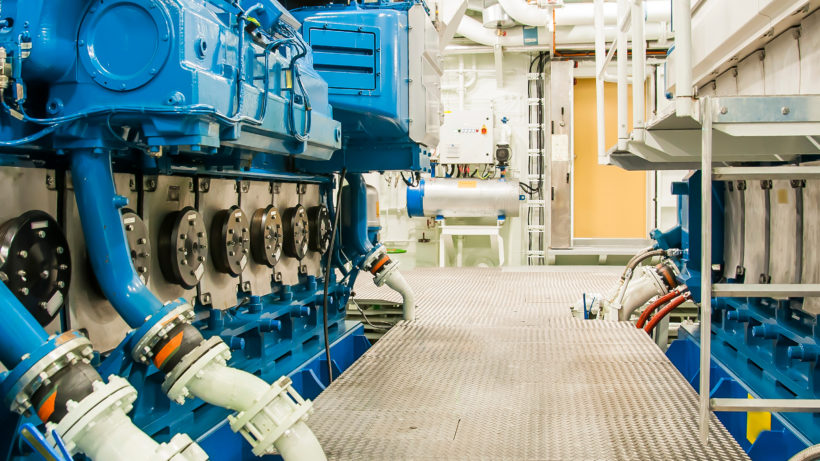Engine power plants can provide steady power at any location. Thanks to their flexibility and versatility, they can act as baseload plants – helping to provide a continuous flow of power – or as plants that help balance energy supply and demand – acting as the perfect complement to variable renewable energy.

Source: Wärtsilä
Flexible Power and Heat for Dresden
Dresden is the capital of the eastern German state of Saxony. Its local utility supplies electricity, natural gas, drinking water and district heat to nearly 300,000 household and industrial customers.
The utility operates a 90 MW CHP gas plant which not only provides heat to the city’s district heating network. With its capacity to reach full output from start-up in approximately two minutes, the plant also helps to balance the grid, and, thanks to its black start capability, it is also able to prevent blackouts. Learn more.

Source: MAN
Stuttgard-Gaisburg Power Plant
Stuttgart is a city in the southwest of Germany, known for being the “cradle of automobile”. The city’s “Gaisburg” power plant, operated by EnBW (Energie Baden-Württemberg), has a power output of 31MW and provides heat to 25,000 homes through a district heating network.
The main advantage of the whole system is flexibility. The gas engines will run whenever the electricity price is sufficient to make it profitable to provide both electricity and heat. By combining the plant with a district heating accumulator, heat can be stored and released whenever needed. EnBW can thus fully utilize the flexibility offered by the engines and efficiently react to price signals on energy markets.
Replacing an old coal power plant, the new engine power plant will help save 70,000 tonnes of CO2 each year. In the long run, the plant should run on renewable gases and thus be free of GHG emissions. Learn more.

Source: Stadtwerke Kiel
KIEL Power Plant
Kiel is a coastal city in the North of Germany and the state capital of the Land of Schleswig-Holstein. With the growing share of variable renewable energy being fed into the grid, this city of over 200,000 inhabitants decided to replace its old coal power plant with a new, flexible gas-fired cogeneration facility that complements fluctuations in renewable electricity supply.
The plant also supplies over 73,000 households and facilities in Kiel with environmentally friendly heat through its district heating system.

